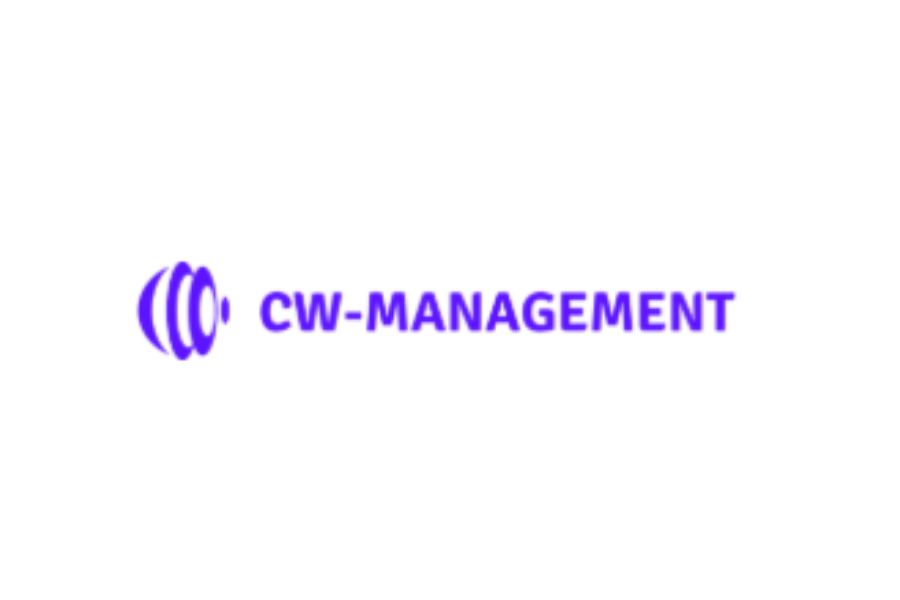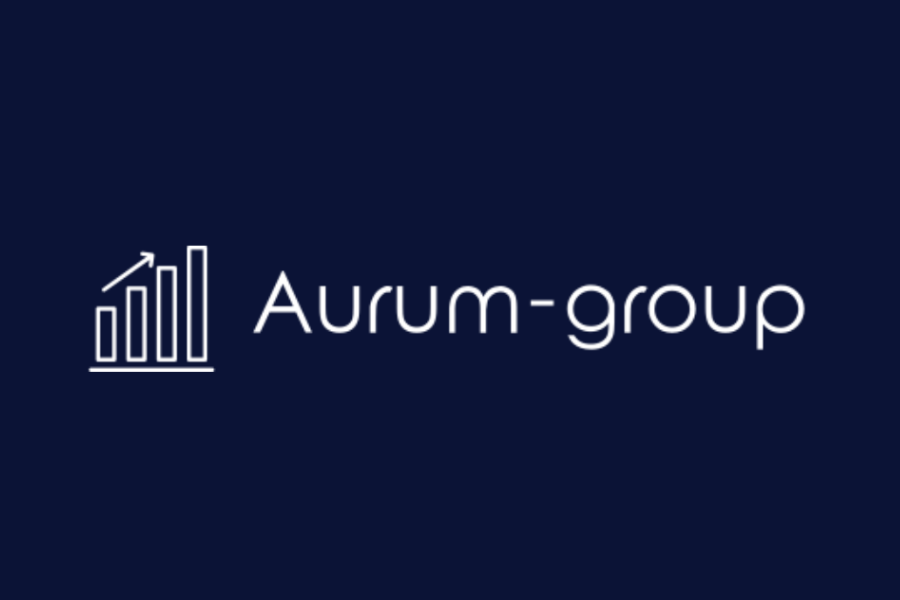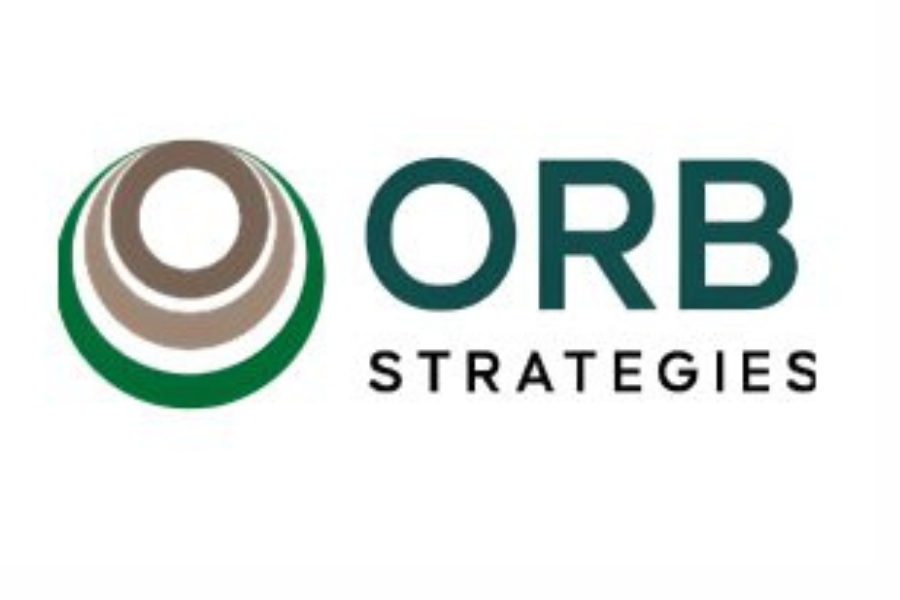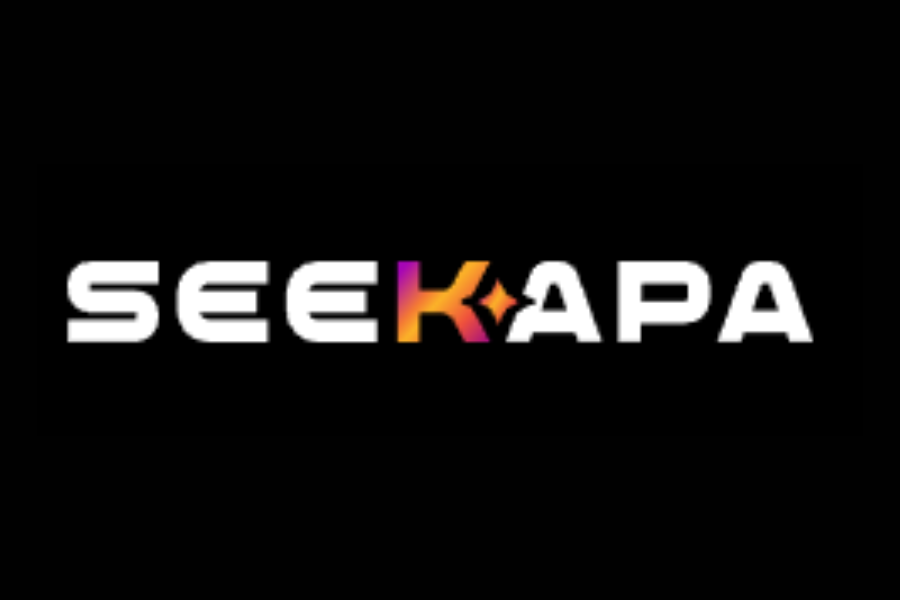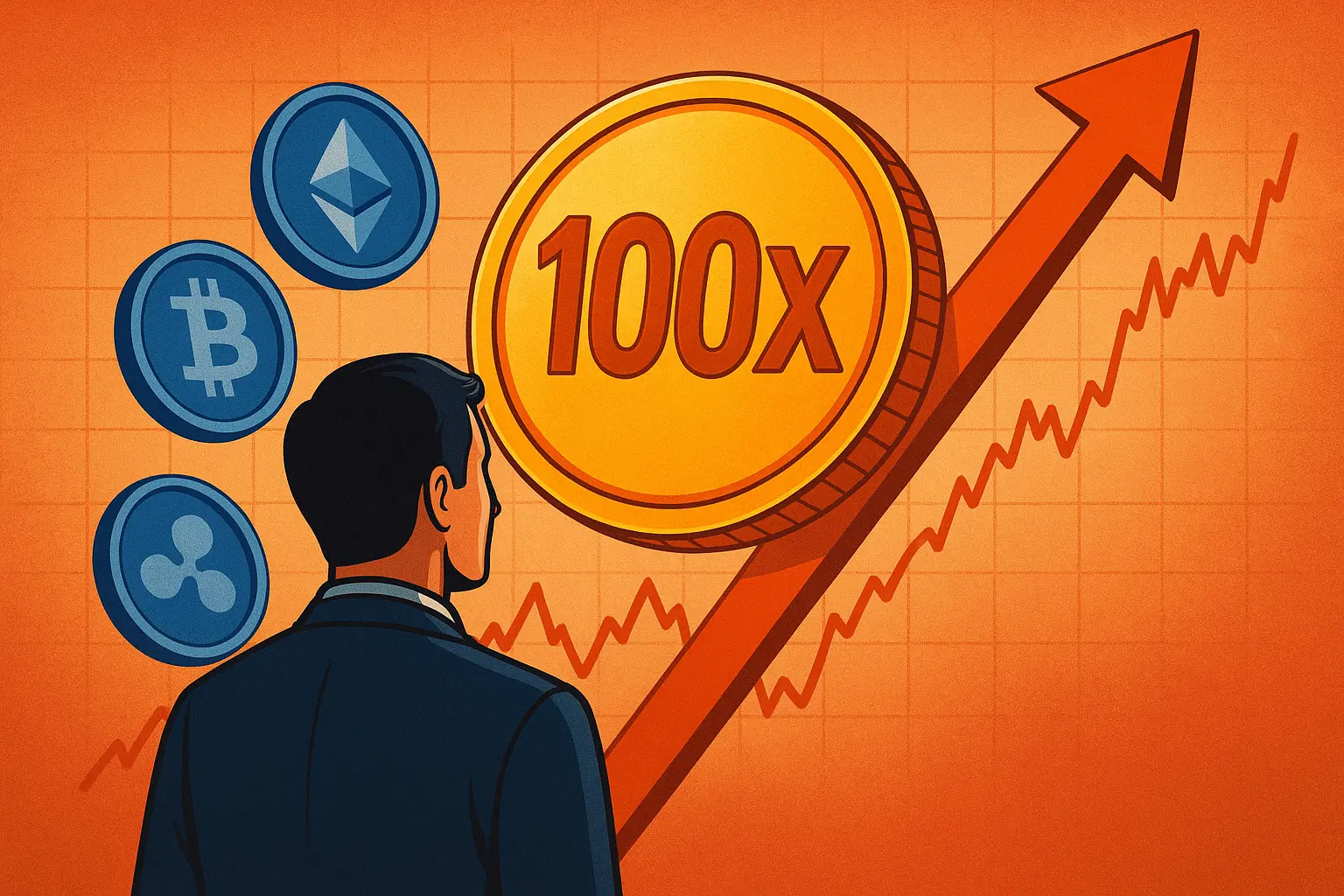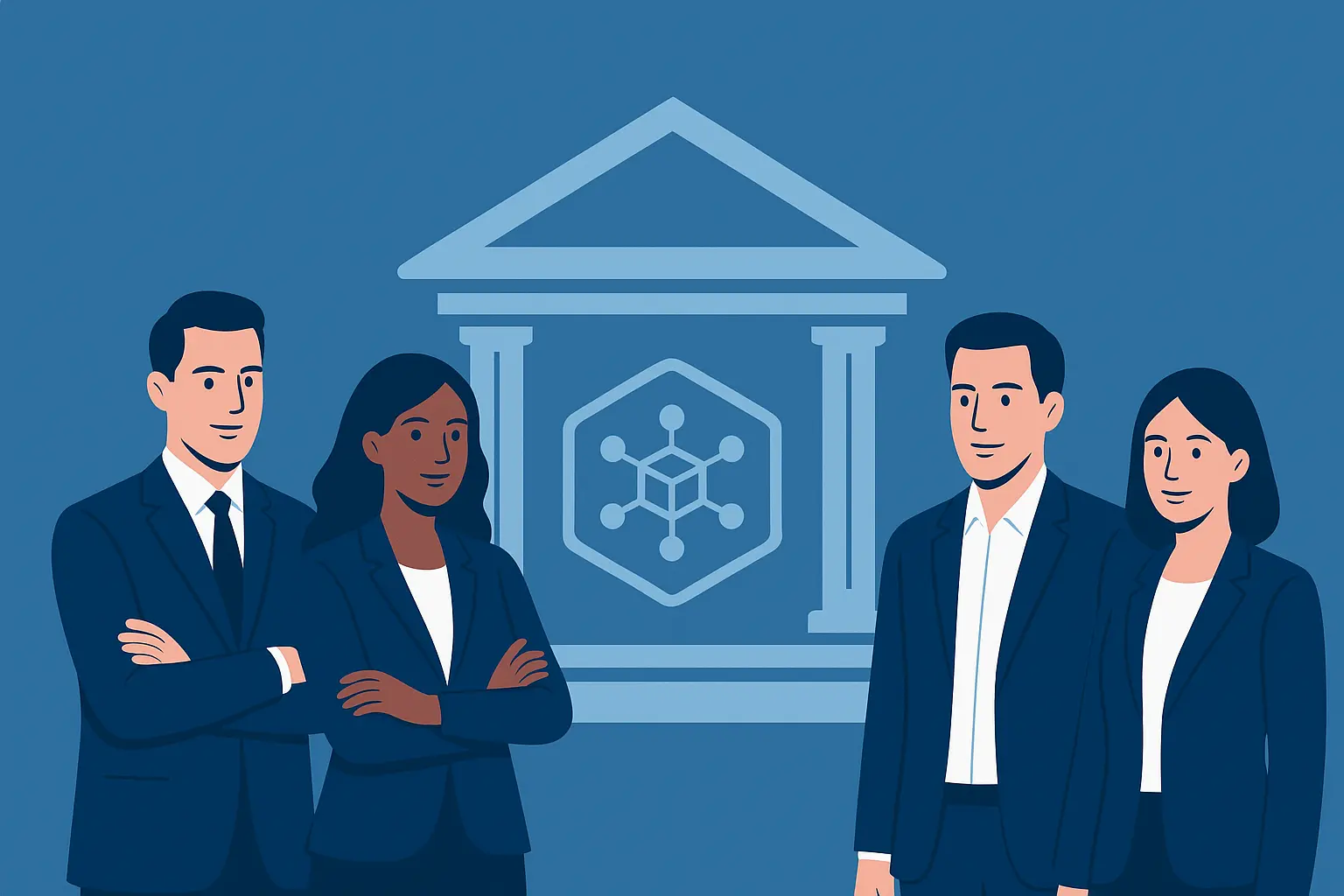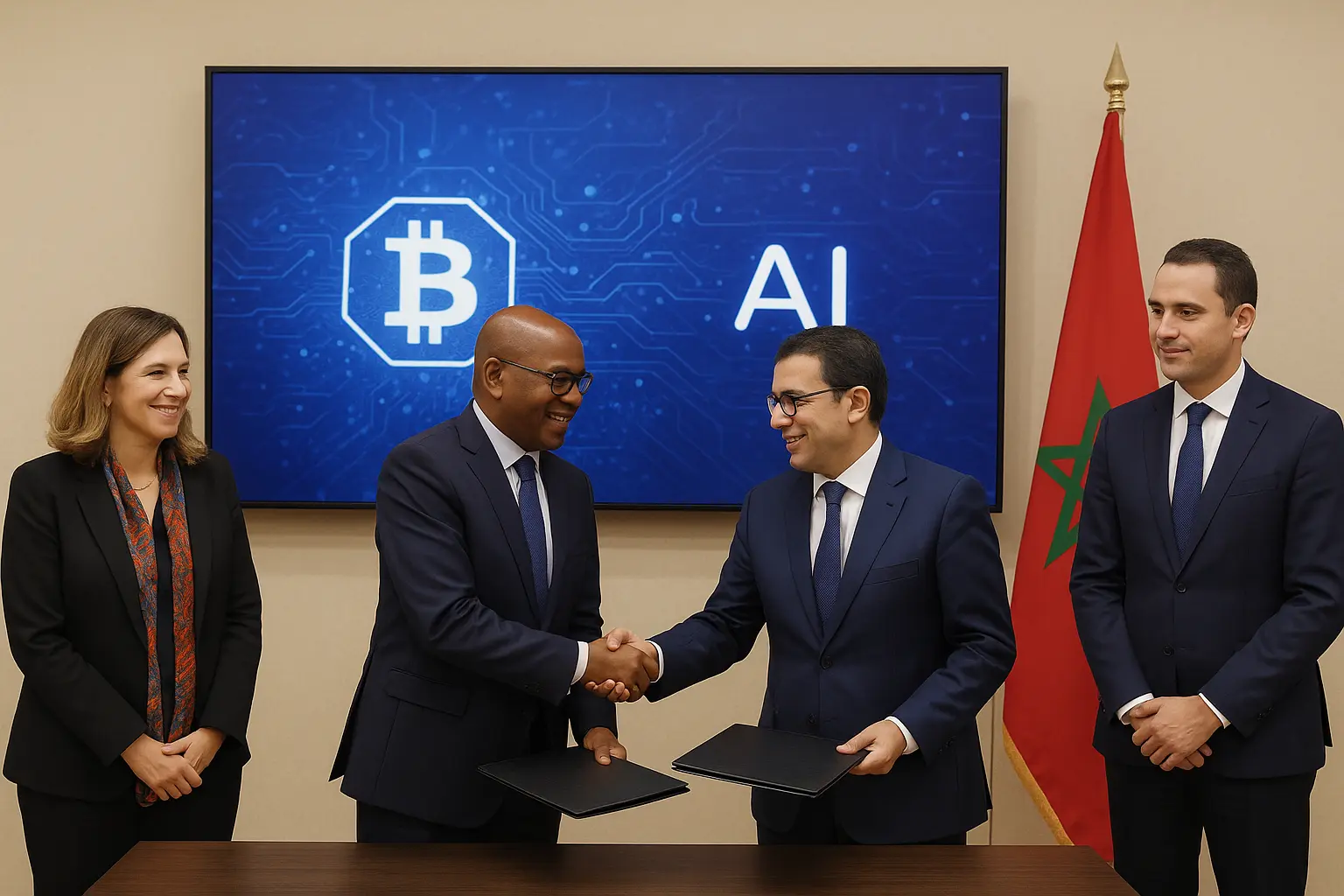Blockchain Technology
Verae And Evercycle Announce Partnership For Blockchain-Enabled ITAM

Introduction
In today’s digital age, businesses are increasingly dependent on technology to manage their resources and operations. Information Technology (IT) systems are at the core of almost every organization’s infrastructure, and managing IT assets efficiently has become crucial for their seamless functioning. From hardware like servers and computers to software solutions and digital records, every piece of IT infrastructure requires careful monitoring, maintenance, and management.
Challenges
One of the challenges businesses face in managing their IT assets is ensuring data security, transparency, and efficiency in their tracking and usage. With an increasing number of devices and systems being connected, the need for better, more secure ways of handling IT assets has never been more pressing.
This is where the partnership between Veratech and Evercycle comes in. Announced in April 2025, this collaboration focuses on using blockchain technology to transform IT Asset Management (ITAM). By utilizing blockchain, the companies aim to provide an innovative solution to improve security, traceability, and accountability in managing IT assets. This partnership is a major step forward in enhancing the effectiveness and security of ITAM systems.
Understanding Blockchain Technology: A Game Changer For IT Asset Management
Before diving into the details of how the Veratech-Evercycle partnership works, it is important to understand blockchain technology and why it’s such a revolutionary tool in IT management.
What is Blockchain Technology?
Blockchain is a decentralized digital ledger technology that securely records transactions across multiple computers in such a way that the registered transactions cannot be altered retroactively without the alteration of all subsequent blocks. This makes blockchain a highly secure and transparent method of managing data.
The primary features of blockchain are its immutability, transparency, and decentralization, which make it ideal for applications where trust and accountability are crucial. Originally designed for cryptocurrencies like Bitcoin, blockchain technology has since found use in a variety of industries, including finance, healthcare, and supply chain management.
In the context of IT Asset Management, blockchain can provide a secure and transparent way to track IT assets from acquisition to disposal, ensuring that every transaction or change in the asset’s status is recorded and verifiable.
Why is Blockchain Vital for IT Asset Management?
IT Asset Management typically involves monitoring and managing hardware, software, and data used by an organization. This can include everything from servers and laptops to licenses and subscriptions. The complexity of managing these assets increases with the number of devices, systems, and users involved.
Traditional methods of ITAM can suffer from issues like:
Data tampering: Without a secure system, there is always the risk that asset records can be altered or deleted maliciously.
Lack of transparency: Without a transparent system, it becomes difficult to track the history of an asset and verify its authenticity and ownership.
Inefficiencies: Traditional ITAM solutions are often manual and prone to errors, leading to inefficiencies in asset tracking and management.
Blockchain solves these problems by providing a secure, immutable, and transparent system for tracking IT assets throughout their lifecycle.
The Veratech And Evercycle Partnership: An Overview
In April 2025, Veratech, a leading provider of IT management solutions, and Evercycle, a company known for its innovative approach to blockchain-based applications, announced a groundbreaking partnership. The goal of this collaboration is to integrate blockchain technology into the IT Asset Management (ITAM) process to enhance both security and transparency.
What the Partnership Aims to Achieve?
The key objective of the Veratech-Evercycle partnership is to create a seamless, blockchain-powered ITAM system that addresses common issues such as data security, asset traceability, and operational efficiency. By leveraging blockchain, the two companies aim to achieve the following:
Improved data security: Blockchain ensures that asset records are tamper-proof, preventing unauthorized changes or deletions.
Enhanced transparency: Every transaction involving an IT asset—whether it’s an update, transfer, or disposal—will be recorded on a transparent, immutable ledger.
Efficient asset lifecycle management: Blockchain enables real-time tracking of assets, providing companies with better insights into the status and usage of their IT resources.
Increased accountability: The decentralized nature of blockchain ensures that every change to asset data is verifiable, reducing the risk of errors or fraudulent activity.
The integration of blockchain technology is expected to provide businesses with a more secure, transparent, and efficient way of managing their IT assets, ultimately leading to better cost savings, reduced risk, and enhanced compliance.
How Blockchain Enhances IT Asset Management?
Immutable Records for Greater Security
One of the main advantages of blockchain is its ability to create immutable records. Once data is recorded on a blockchain, it cannot be altered without the consent of the network participants. This is particularly valuable in ITAM, where data integrity is paramount. Every asset, whether hardware or software, will have a record that cannot be tampered with, providing a secure foundation for IT asset tracking.
For example, when an organization acquires a new server, a blockchain record will be created that includes the asset’s details, including its serial number, purchase date, and owner. If the asset is transferred to another department or sold, the blockchain ledger will update accordingly, creating an unchangeable trail of ownership.
Real-Time Tracking and Visibility
Blockchain enables real-time tracking of IT assets. Every transaction or change in the status of an asset is recorded immediately on the blockchain, providing real-time visibility. This is particularly useful in large organizations where assets are constantly in motion—being upgraded, transferred, or decommissioned.
For instance, if a company is moving offices, blockchain technology can help track the movement of assets like computers, printers, and servers. The status of each asset will be recorded in real-time, ensuring that nothing is lost or misplaced during the move.
Reduced Fraud and Errors
By providing a transparent, immutable record of each asset’s lifecycle, blockchain helps reduce the risk of fraud and errors. In traditional ITAM systems, there is always the risk of errors being made when recording asset information or transferring assets between departments. These errors can be costly, leading to operational inefficiencies or even legal complications.
Blockchain’s immutable ledger ensures that every asset’s data is accurate and verifiable. This can help businesses avoid costly mistakes and reduce the risk of fraud or theft.
Enhanced Compliance and Auditing
Compliance with industry standards and regulations is a critical concern for many businesses, particularly in sectors like finance and healthcare. Blockchain technology can help streamline compliance by providing a transparent and easily auditable trail of asset transactions.
For example, regulatory bodies may require companies to track and report the status of certain assets at regular intervals. Blockchain’s auditability makes it easy for businesses to meet these requirements, as they can quickly generate a complete, verifiable history of an asset’s lifecycle.
Implications For The Future Of IT Asset Management
The collaboration between Veratech and Evercycle is only the beginning of what promises to be a transformative shift in IT Asset Management. The integration of blockchain into ITAM is expected to influence a range of industries, from healthcare to finance, by creating more secure, efficient, and transparent systems for managing IT assets.
Scalability and Adaptability
Blockchain’s decentralized nature makes it a highly scalable solution for businesses of all sizes. Whether a company is managing a small number of assets or a large-scale IT infrastructure, blockchain can be adapted to fit their needs. As businesses grow, the blockchain-based ITAM system can scale to accommodate an increasing number of assets without sacrificing performance or security.
Global Adoption and Integration
As more companies realize the benefits of blockchain in ITAM, adoption will likely spread across industries globally. The partnership between Veratech and Evercycle could serve as a model for other businesses looking to enhance their IT management practices. Blockchain’s ability to integrate with other technologies, such as artificial intelligence (AI) and Internet of Things (IoT) devices, further expands its potential applications in ITAM.
Environmental Impact
Blockchain technology has the potential to reduce waste and improve the sustainability of IT operations. By providing more accurate tracking of asset usage and lifecycle, blockchain can help companies make informed decisions about when to retire or recycle old equipment. This reduces electronic waste and ensures that IT resources are used efficiently.
Conclusion
The partnership between Veratech and Evercycle represents a major leap forward in the evolution of IT Asset Management. By integrating blockchain technology, businesses can now secure their IT assets with an unprecedented level of confidence. The benefits—ranging from enhanced security and transparency to reduced fraud and operational inefficiencies—are clear. As blockchain continues to reshape industries, the future of IT asset management looks more secure, efficient, and adaptable than ever before.
For businesses looking to stay ahead in an increasingly digital world, adopting blockchain-based ITAM solutions like the ones offered by Veratech and Evercycle may be the key to unlocking better security, greater operational efficiency, and enhanced compliance.


